- Call us: 01444 237070
- Contact Us
- Stores
- Sign In / Register
-
- Back
- Used Cameras
- Used Accessories
- Used Lenses
- Used Video
- Used Film Equipment
- Used Stock Alert
- Used Blank Test
- Sell or Part Exchange
- Used Clearance
- Recently Added Used Equipment
- Park Picks
- All Used Black Friday Deals
- Faulty
- Trade-In
- Blog
- New in
- Call us
- Contact us
- Stores
- Sign in
- Categories
- Tips & Inspiration
- Reviews
- News
- Events
- Features
- Buying Guides
- Competitions
Budget-friendly Wildlife Photography with Canon
Canon has long been a favourite among wildlife photographers, thanks to offering a wide range of cameras and lenses that suit everything from entry-level to professional use. While the transition to the RF mount has reduced the number of native lens options compared to EF mount DSLR lenses, there are still plenty of ways to enjoy budget-friendly wildlife photography with Canon.
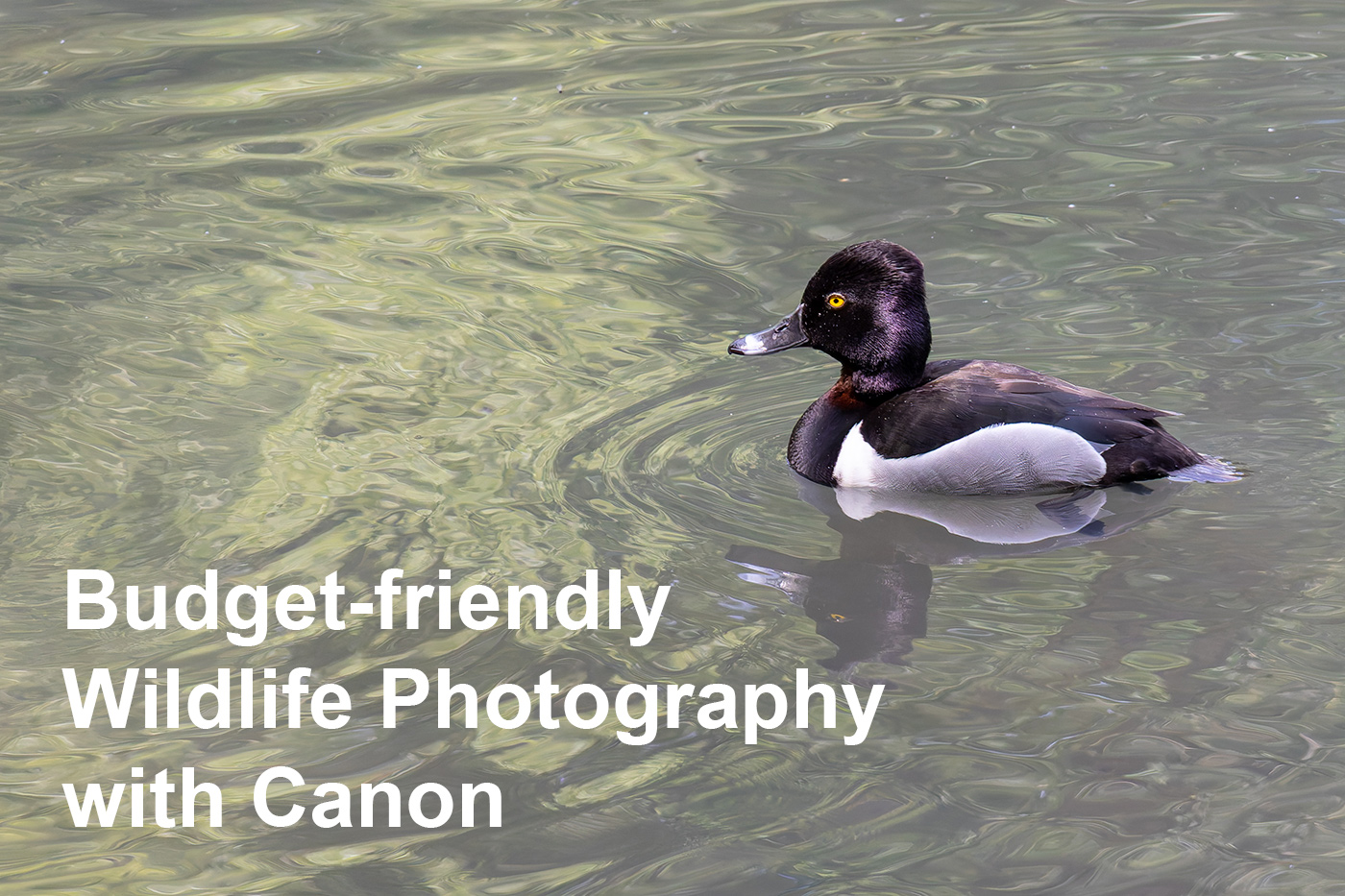
In this guide, we take a closer look at how the Canon EOS R10 with RF-S 18-150mm IS STM Lens performs for this popular genre, with a focus specifically on bird photography. The hope is that we help you decide whether this affordable mirrorless kit is the best Canon camera for wildlife photography on a budget, and the perfect way to begin your own journey.
Skip to the end and you’ll find 10 expert tips from top UK wildlife photographers Ben Hall and Danny Green, with practical advice to help you get fantastic results, even if you’re just starting out.
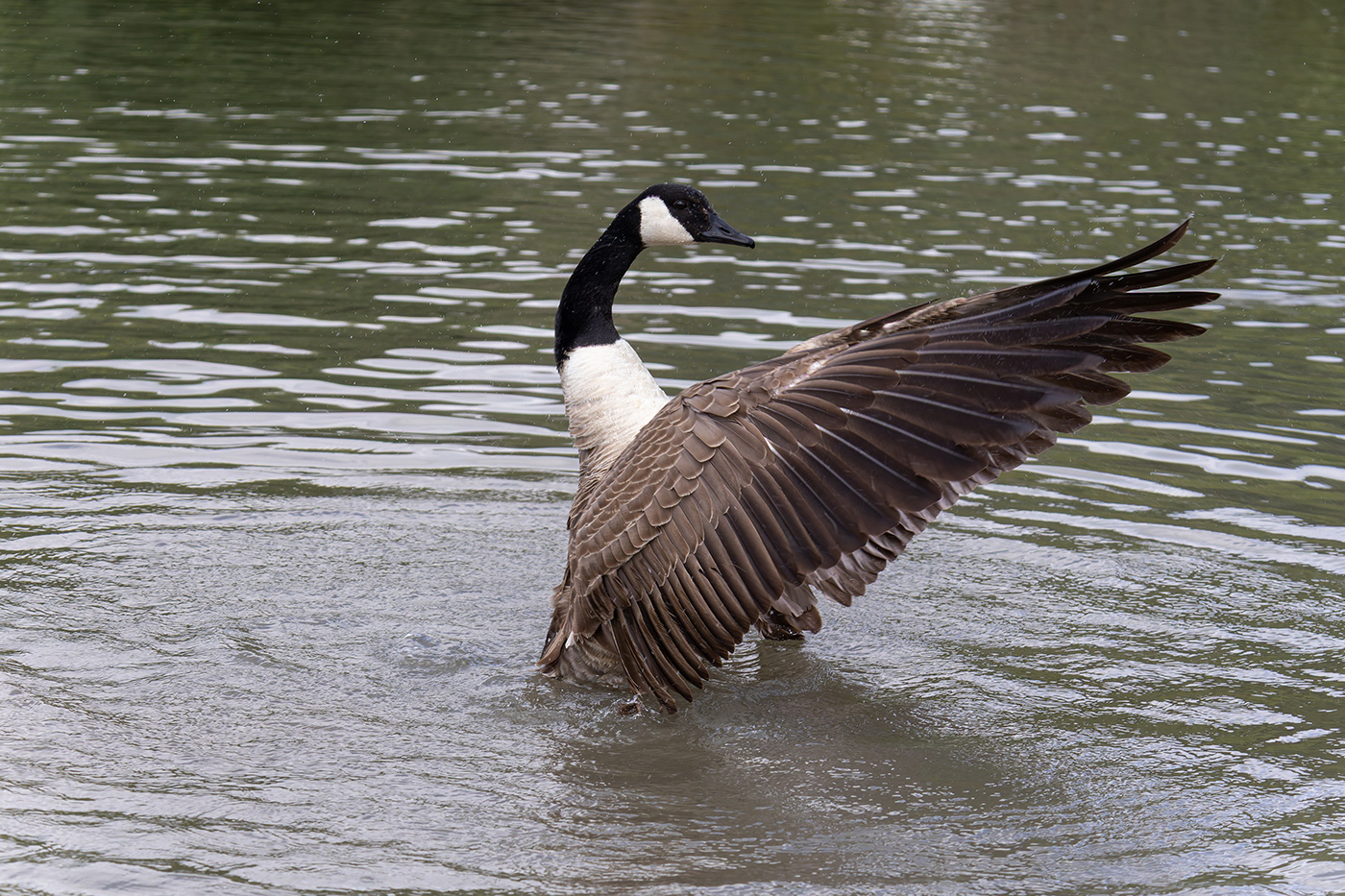
Sample at 100mm. Camera settings: 1/1000 sec. f/6.3. ISO 400 (right click to enlarge)
Sample images
For the sample images in this guide, Nick Dautlich visited local ponds, parklands, and wildlife reserves where birds are more commonplace. The camera was set to Auto ISO with a maximum ISO of 6400 and AI Servo for AF mode. The images are basically edited and appear close to how they come straight from the camera, giving you a good idea of what this kit is capable of.
Features for Wildlife
The R10 was announced alongside the EOS R7 and has in many ways been overshadowed by the more advanced features in Canon’s flagship APS-C camera. However, at £1,349.00 for the complete body and lens kit, the R10 is definitely among the most accessible ways to get into wildlife photography.
It has a decent 24.2MP resolution and bursts at up to 23 frames per second when using the electronic shutter, which is very quick. It also provides a crop factor of 1.6x, with many photographers favouring crop format sensors because they effectively get you closer to the action while weighing less than equivalent full-frame kits.
This gives additional reach to the RF-S 18-150mm lens, equivalent to 29-240mm in full-frame terms, which is just long enough to capture closer wildlife subjects.
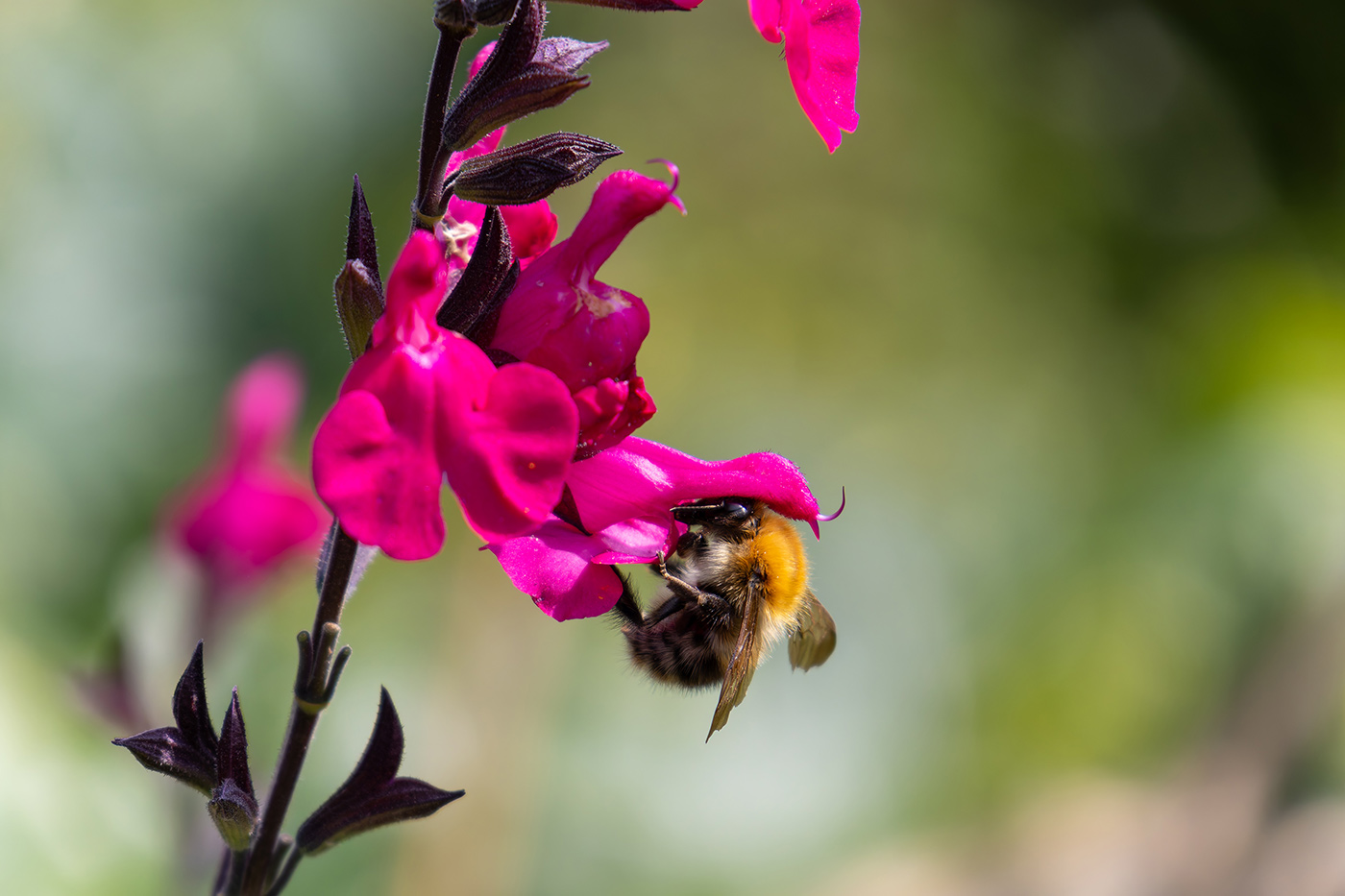
Sample at 150mm. Camera settings: 1/1000 sec. f/6.3. ISO 640 (right click to enlarge)
Other features this kit provides for wildlife include:
- Highly effective Dual Pixel CMOS AF II with AI subject recognition and tracking (derived from the R3)
- Super lightweight at around 700g combined for the camera and zoom
- Lens-based optical image stabilisation of around 4.5 stops
- Dedicated lens-based macro mode
- RAW pre-shooting
- 15fps mechanical / 23fps electronic shutter at full 24MP resolution with AF/AE
- Incredibly sharp results throughout the zoom range
- Great ergonomics and handling
- Supports CRAW (compressed RAW)
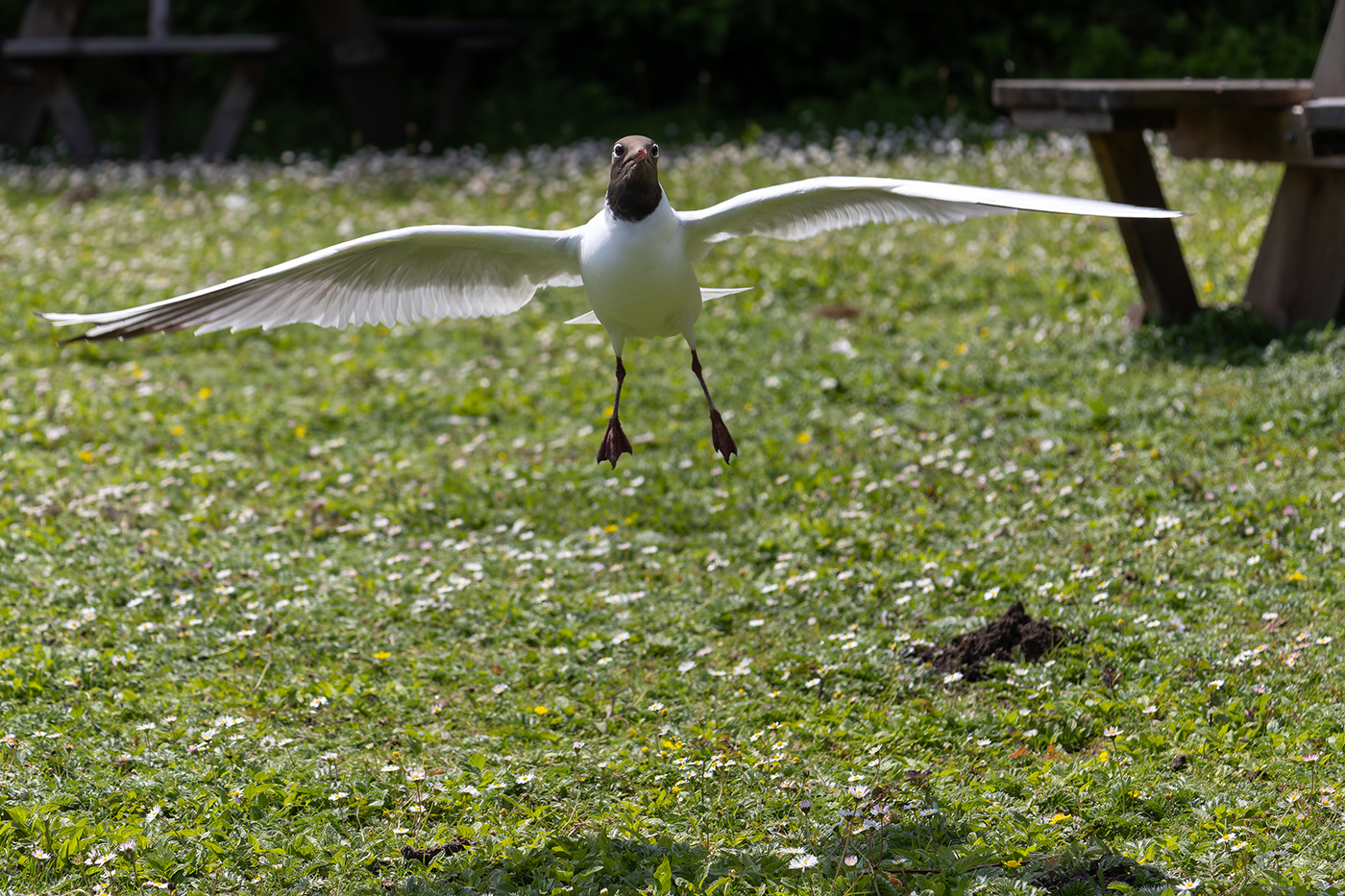
Sample at 84mm. Camera settings: 1/1000 sec. f/6.3. ISO 200 (right click to enlarge)
Although I captured close-ups of bees and other insects, I didn’t use the dedicated macro mode in the lens, which gives a maximum magnification of 0.59x in MF mode (at 35mm). This is a bonus allowing you to capture macro shots with a versatile wide to telephoto lens.
No camera is perfect, and a couple of downsides to this budget model include the lack of weather sealing, no IBIS, and slightly lower battery life than the expected 350 shots. Of course, you have to pack spare batteries regardless, but you may need two or three for a full day’s shooting with the R10.
These are among the key features that set the Canon R7 apart from the more entry-level option, but this is of course reflected in the price. You can find out more about the Canon R7 review for photography here, which goes into a lot more detail.
This does bring us neatly onto handling in the field, which we explore next.
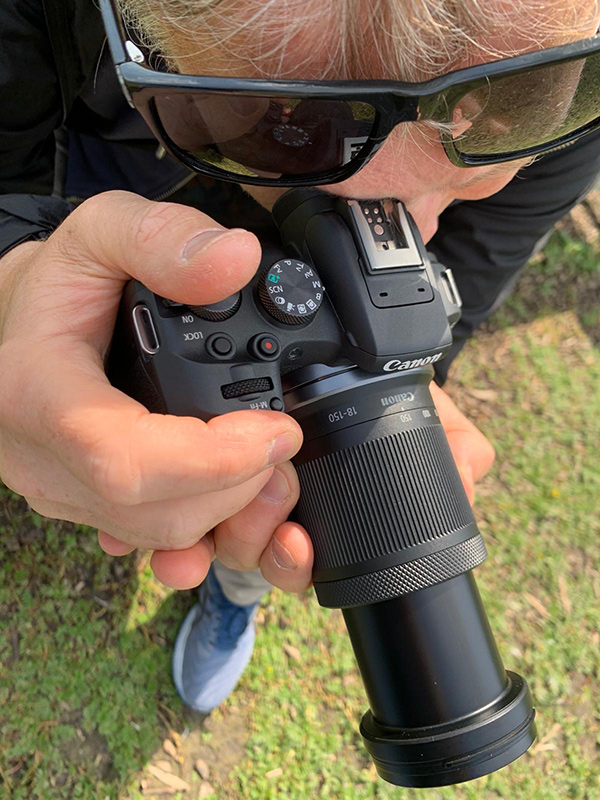
Canon EOS R10 with RF-S 18-150mm Lens Handling
As mentioned this kit is incredibly lightweight, which is just what you want when spending time scouting, waiting and capturing wildlife shots. Of all of the systems tested in this budget wildlife series, the R10 had perhaps the best grip for my hands, which I found very comfortable, with a nicely rubberised finish so your hand sticks firmly in place.
The screens are good resolution and you can tap on your subject to track focus, which is a great feature if you shoot with the LCD while composing high or low angles. The dual command dial is similar to more expensive models, and there are lots of customisable options with this, and most of Canon’s cameras.
Dual Pixel CMOS AF II is extremely reliable and very good at recognising birds, even though the R10 doesn’t have a dedicated bird subject mode. Instead choose ‘animal’ and the camera will lock onto an eye when visible, using artificial intelligence to understand a scene. In practice this takes a lot of the guesswork out of capturing sharp results, and if you can get your settings right, you’ll have an excellent chance of coming away with shots that will impress any audience, while developing your skills.
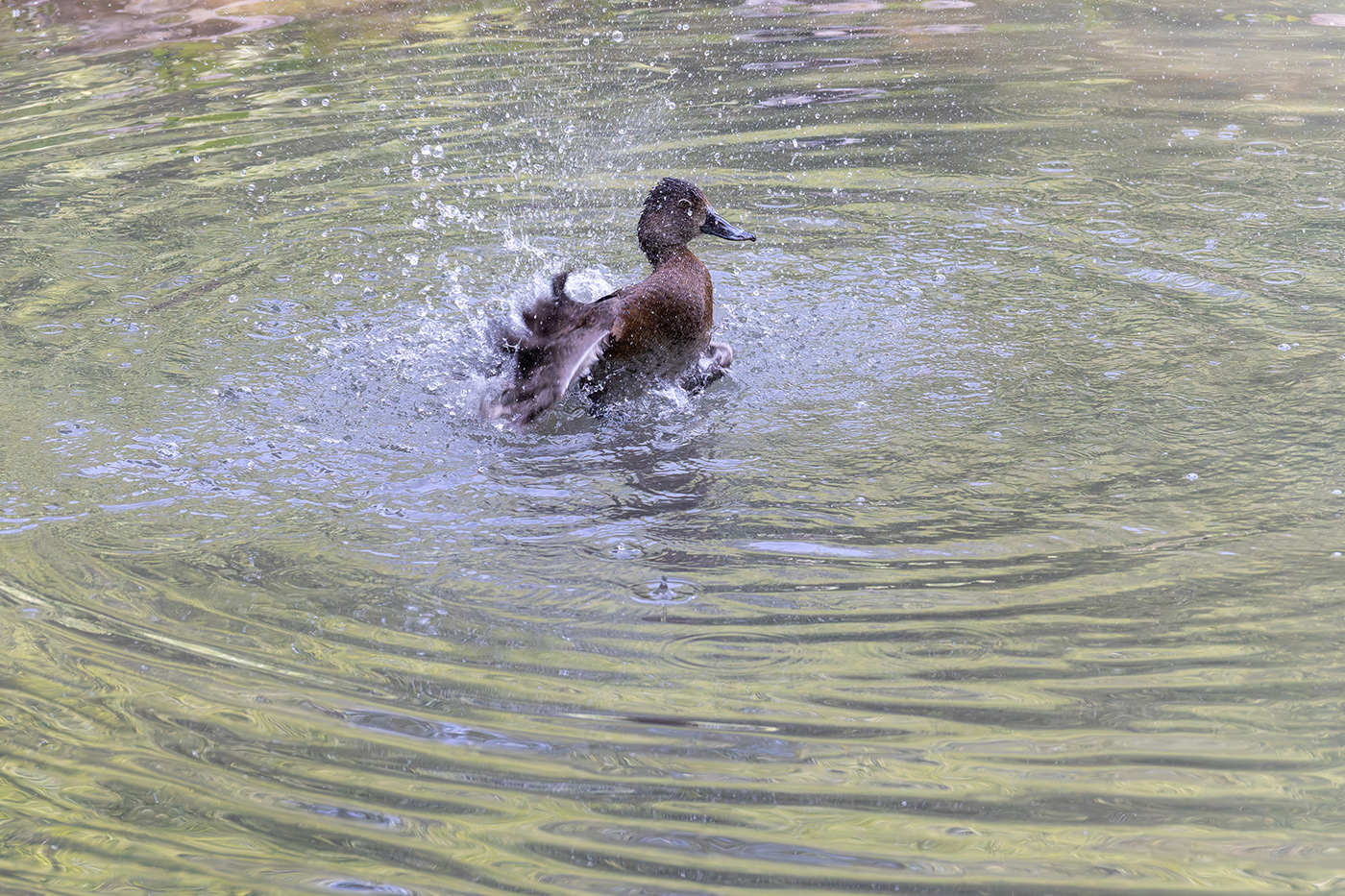
Sample at 150mm. Camera settings: 1/1000 sec. f/6.3. ISO 2000 (right click to enlarge)
In a couple of the images I shot through reeds and other foliage to see how the AF system responded, and generally it worked very well, with the ability to stick on the subject regardless. All of this meant that the R10 got a very high hit rate with many shots in focus, and you can improve your chances with good technique.
Impressively, the RF-S 18-150mm kept pace with the camera body and benefits from a quiet autofocus motor, which is ideal for sensitive subjects such as birds and wildlife. It’s much quieter than some low-cost alternatives, as you’ll see in our Canon RF 75-300mm f/4-5.6 lens review, which was not as quiet.
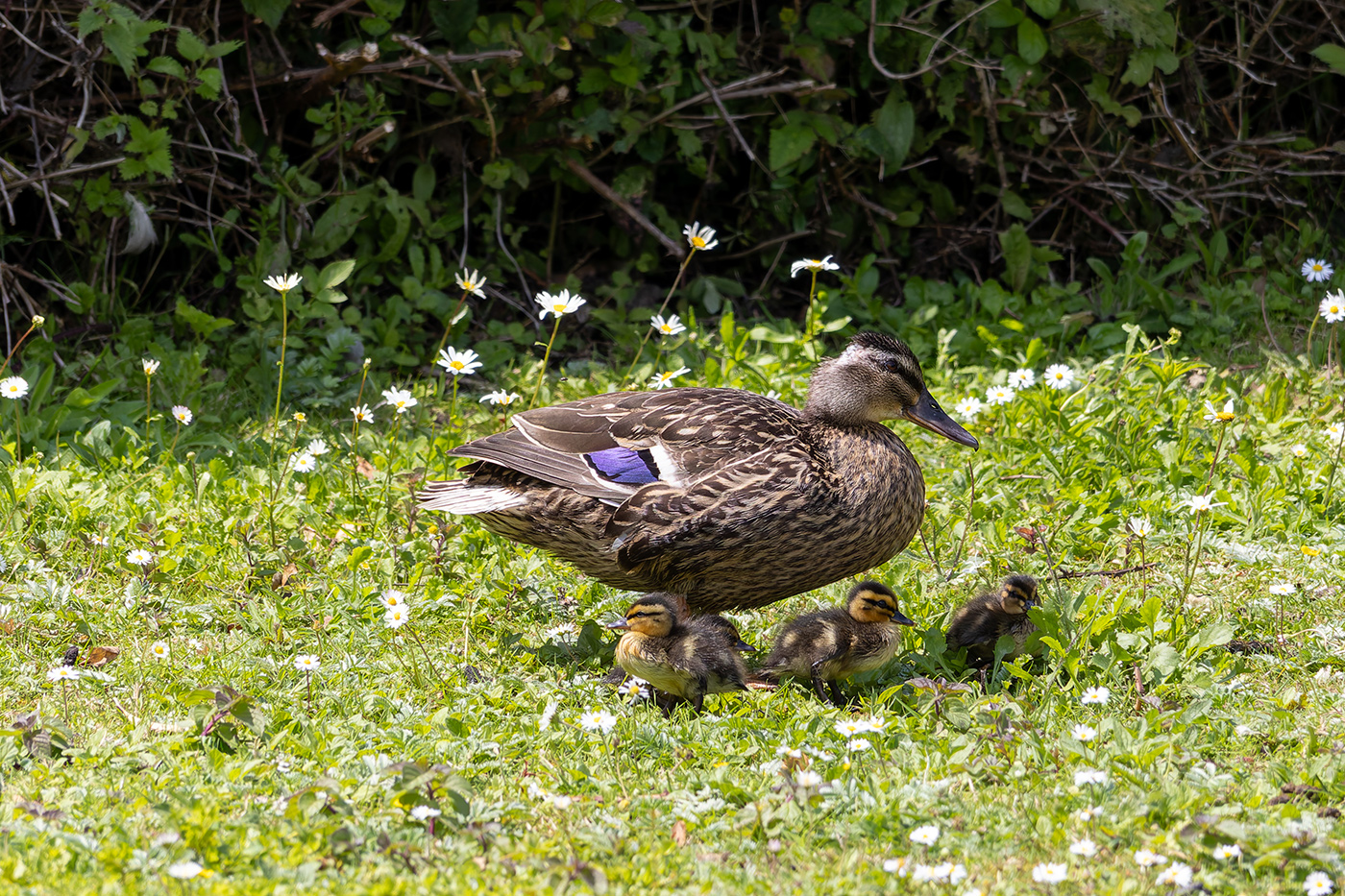
Sample at 150mm. Camera settings: 1/1000 sec. f/6.3. ISO 500 (right click to enlarge)
Image quality
Although it came out in 2022, the EOS R10 is easily capable of capturing beautiful wildlife shots with the RF-S 18-150mm attached. The 24MP sensor has all the ingredients that are helpful, such as good colour rendition, wide dynamic range to pull up the shadows, and the ability to capture sharp details, allowing feathers and other fine elements in the image to be accurately rendered.
Although the lens has a variable aperture with a 7-blade design, it is able to render nicely out-of-focus areas in the background, with smooth falloff and transitions from in to out of focus. This is partly down to the focal length you shoot at, and achieving these types of effects is easier at longer focal lengths rather than at the wide end.
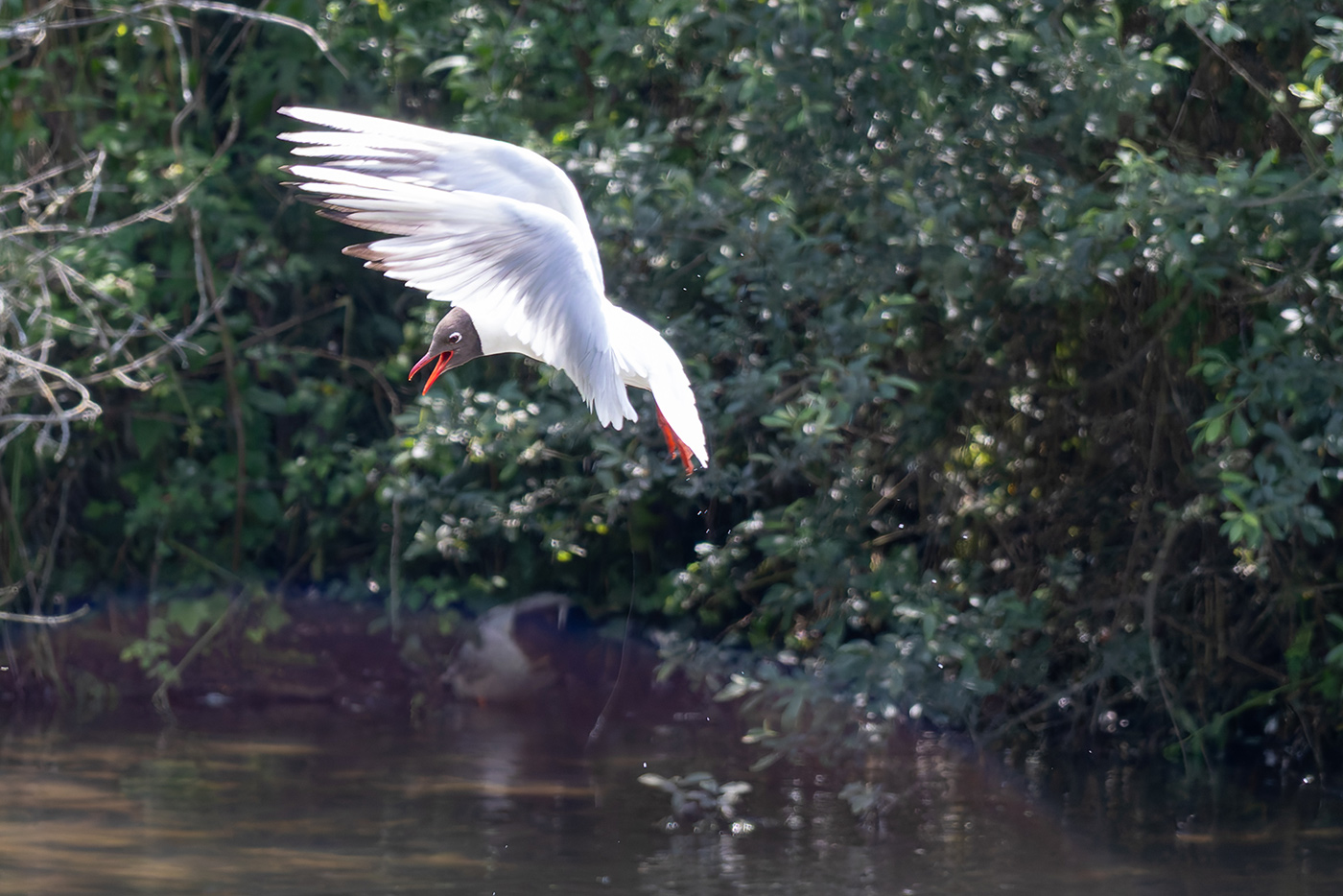
Sample at 150mm. Camera settings: 1/1000 sec. f/6.3. ISO 1600 (right click to enlarge)
If you’re new to photography or developing a passion for wildlife, the Canon EOS R10 with RF-S 18-150mm IS STM Lens is without a doubt a kit that should be near the top of your list. Anyone moving from a DSLR will be thoroughly impressed by the focus accuracy and shooting speed, while those moving up from a compact or smartphone will notice a big step up in handling and image quality immediately. Once you’ve caught the bug, you can add longer lenses and build up your kit to explore more distant subjects and other genres too.
Reserve your Canon EOS R10 with RF-S 18-150mm IS STM Lens, or browse our range of Canon mirrorless cameras and RF mount lenses to put together your own perfect kit and embark on this amazing hobby today.
Next up are 10 tips from professional photographers to help you get started and make real progress with your wildlife photography
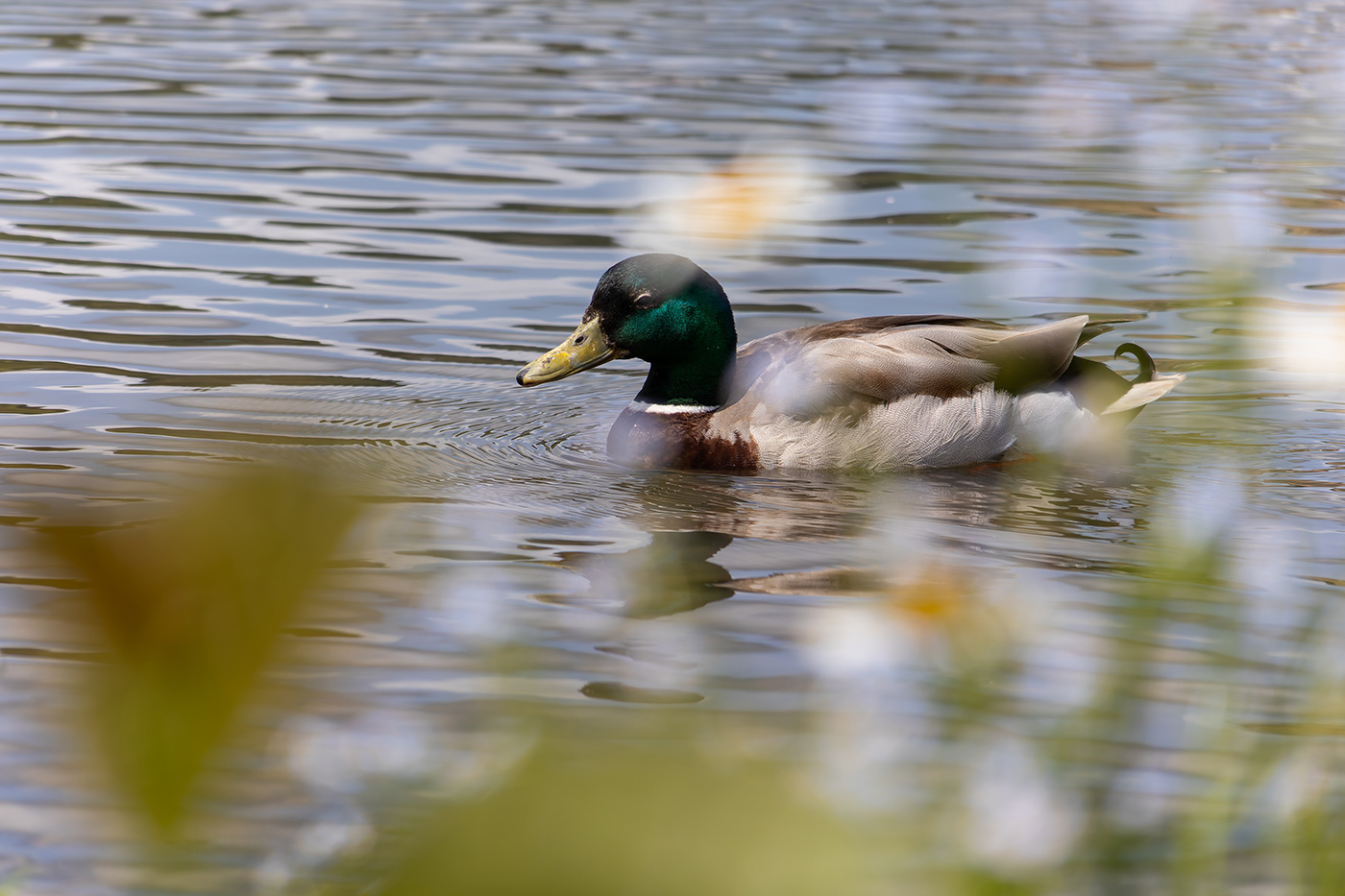
Sample at 150mm. Camera settings: 1/1000 sec. f/6.3. ISO 250 (right click to enlarge)
10 Wildlife Photography Tips from Professionals
We’ve collected some of the most useful advice from two of the UK’s leading wildlife photographers. Ben Hall and Danny Green share their expert knowledge to help you improve your shots, whether just starting out or developing an ongoing hobby.
10 wildlife photography tips for beginners include:
- Learn About Your Subjects – The more you understand an animal’s behaviour, the better your chances of photographing something interesting. Study their habits, preferred habitats and activity patterns.
- Explore Local Areas – Spend time at local parks, zoos and locations close to home. Regular visits will help you become familiar with the wildlife, the light, and the best times to shoot.
- Get Down to Eye Level – Photographing at eye level often creates a stronger visual connection between the viewer and the subject. It’s often more immersive than shooting from above.
- Watch Your Shutter Speed – Keep shutter speeds high enough to freeze movement. In lower light, increase ISO to maintain sharp results when photographing action. You can always remove noise during the editing process.
- Be Ready for Moment – Use burst mode and keep a watchful eye on your subject. Great images often come down to being in the right place at the right time with your camera at the ready.
- Work With Natural Light – Early mornings and late afternoons often provide the best light. It’s softer and warmer, which works particularly well for feather and fur detail.
- Patience Pays Off – Take time to observe without shooting. Learning animal routines and behaviours first can lead to better shots later on, as you anticipate behavioural traits.
- Keep Compositions Clean – Pay attention to your background and surroundings. A clutter-free scene helps your subject to stand out while avoiding distractions.
- Be Flexible With Conditions – Adapt to whatever nature throws at you. If the light changes or the weather turns, consider how it might add drama or mood to your image.
- Respect the Wildlife – Never disturb or stress animals for a photo. Good wildlife photography should always be ethical and place the welfare of the subject first.
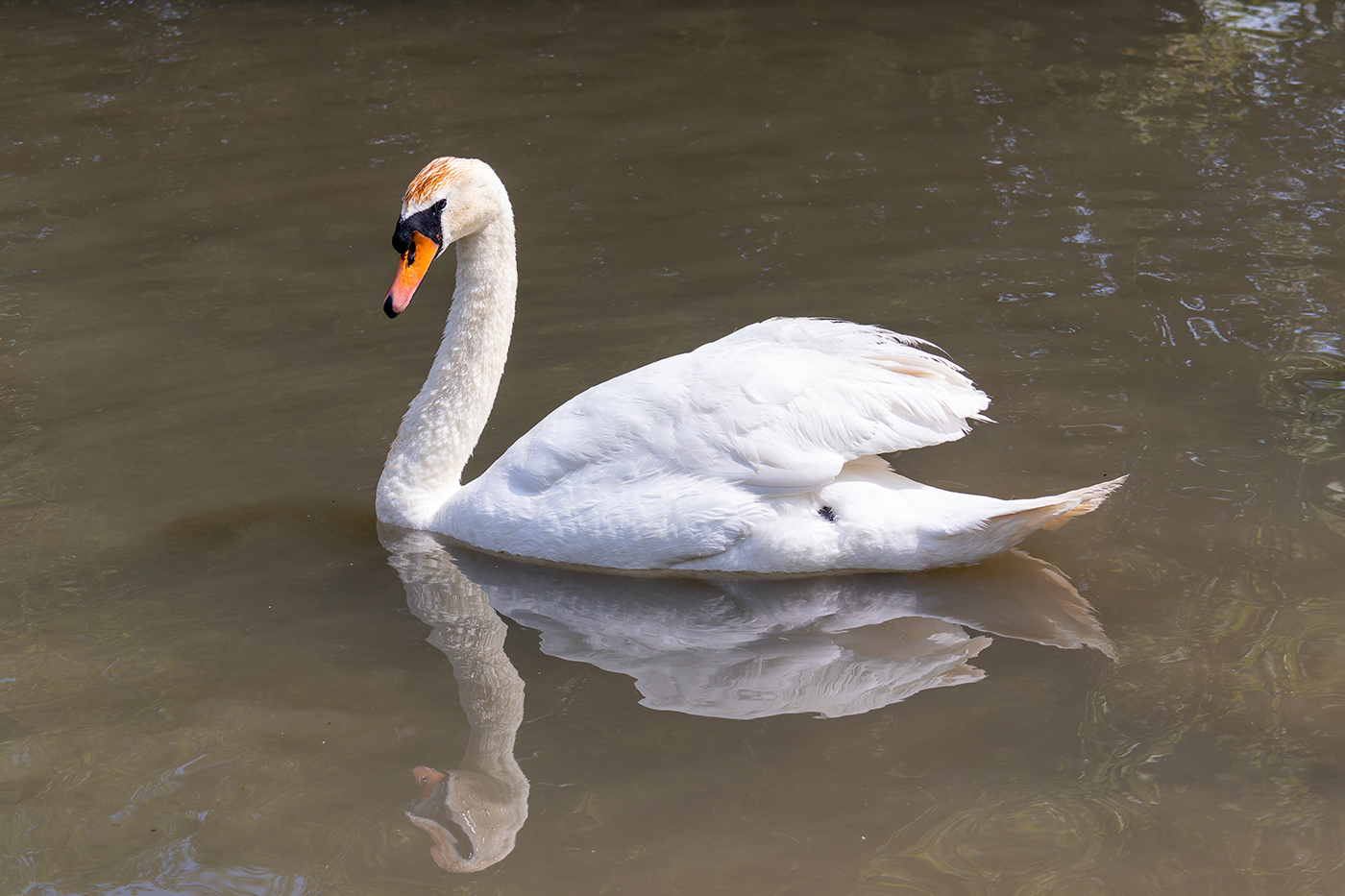
Sample 08 at 125mm. Camera settings: 1/1000 sec. f/6.3. ISO 250 (right click to enlarge)
Read the full features at Wildlife Photography Tips From Ben Hall and Photographing Local Wildlife Danny Green and browse our buying guides for more in-depth equipment insights.
Share this post:
By Nick Dautlich on 04/07/2025
Nick Dautlich
Senior Content Writer and Product Reviewer
Nick Dautlich is the Senior Content Writer and Product Reviewer at Park Cameras, with over 15 years of photography experience. A Sony Imaging Professional and expert reviewer, Nick has worked with major brands such as Canon, Sony and Nikon. His work is also featured on Vanguard World UK’s website, Capture Landscapes, and Shutter Evolve. Nick’s photography includes National Trust projects and magazine covers and he is passionate about landscapes and storytelling. Nick also enjoys hiking and teaching his children about nature. Learn more on his profile page.
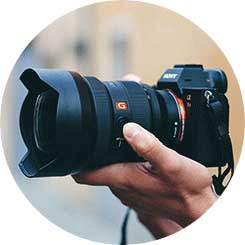
Trade in your old equipment
Fast and easy trade in service ensures your old gear is collected efficiently and you are paid quickly! It's very simple to trade in your unwanted photography gear. Just head over to our dedicated Sell or Part Exchange page, fill out the details, and we'll get back to you with an offer for your old gear. Take the cash, or put it towards the cost of your new gear. It's up to you! Find out more
sign up to the newsletter
Keep up to date on the latest photography news, events and offers. Sign up now